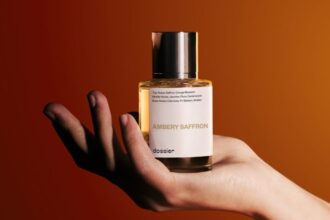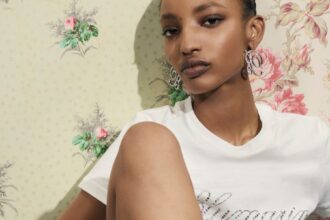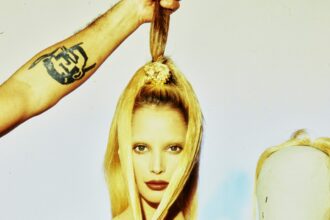Days five to seven
By this point, I was starting to question the whole beef tallow skincare trend. My skin didn’t seem any different—in fact, it felt a little more congested than usual. I had developed a few more pimples, which I attributed to the added grease on my face. It was also becoming more difficult to apply makeup on top of the tallow, as it didn’t seem to absorb into my skin the way a regular moisturizer would. I was starting to feel a little defeated, wondering if I had wasted my time and money on this experiment.
Days seven to ten
As the days went on, I began to dread my skincare routine more and more. The beef tallow was starting to feel heavy and cloying on my skin, and I found myself washing my face multiple times a day just to get rid of the residue. My wife had started making jokes about me smelling like a steakhouse, and I couldn’t help but agree. I decided to consult a dermatologist to see if beef tallow was really worth all the hype.
Days ten to fourteen
After speaking with my dermatologist, I made the decision to stop using beef tallow on my skin. She explained that while it may work for some people, animal fat isn’t necessarily the best option for those with acne-prone skin like mine. She recommended a few alternative skincare products that might be more suitable for my skin type. I felt relieved to finally put an end to the experiment, but also a little disappointed that I hadn’t seen the amazing results that others had claimed to see.
In conclusion, the beef tallow skincare trend may work for some people, but it wasn’t the miracle product that I had hoped for. While the idea of using a natural, animal-based product may be appealing to some, it’s important to remember that skincare is not one-size-fits-all. It’s always best to consult with a dermatologist before trying out any new skincare trends, especially if you have specific skin concerns. As for me, I’ll be sticking to my tried and true skincare routine from now on.







